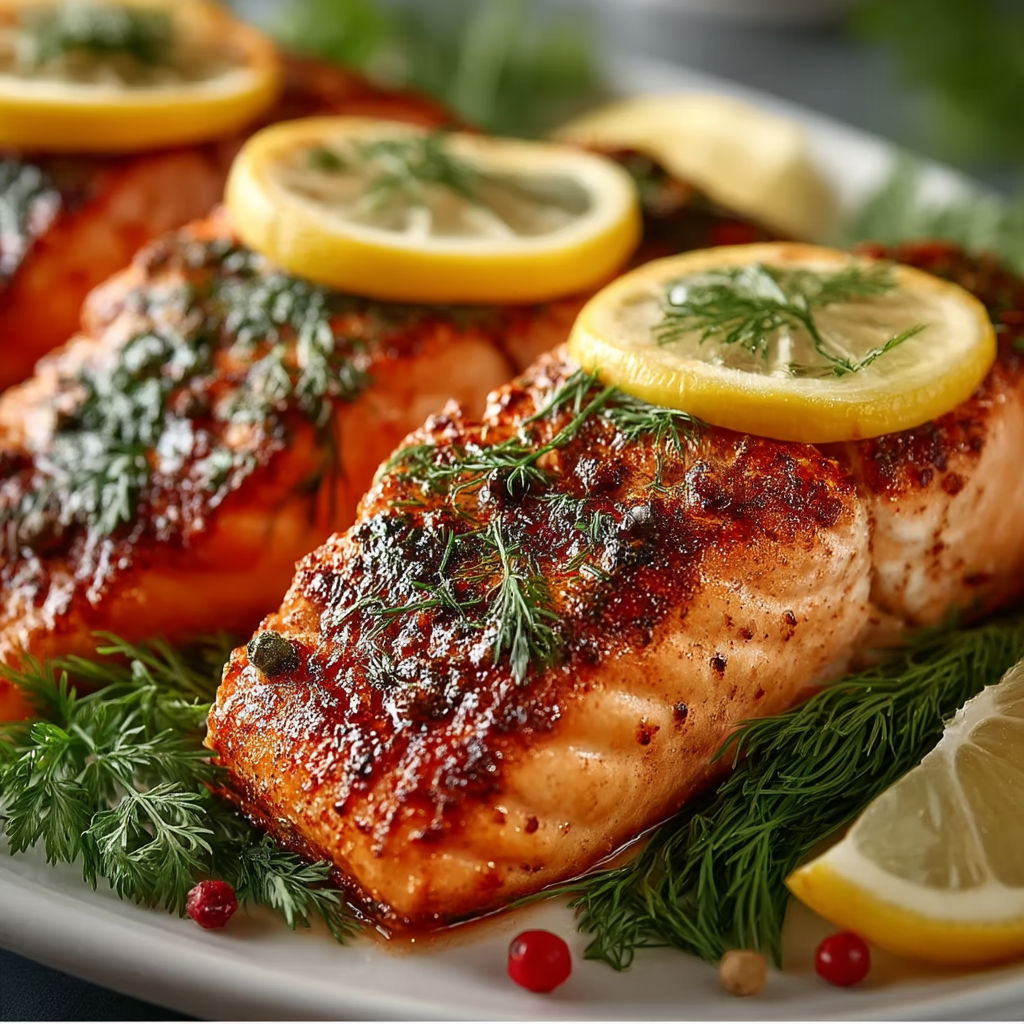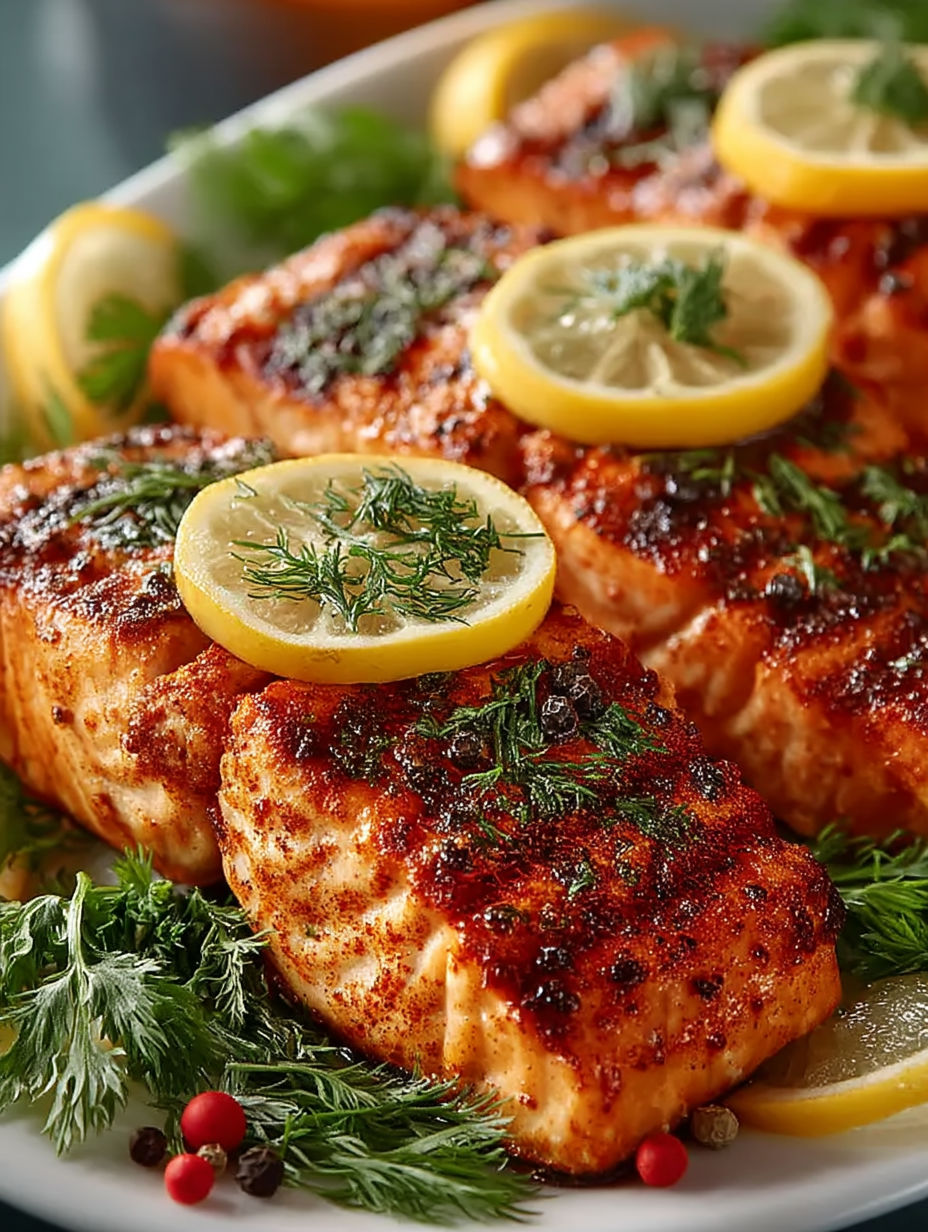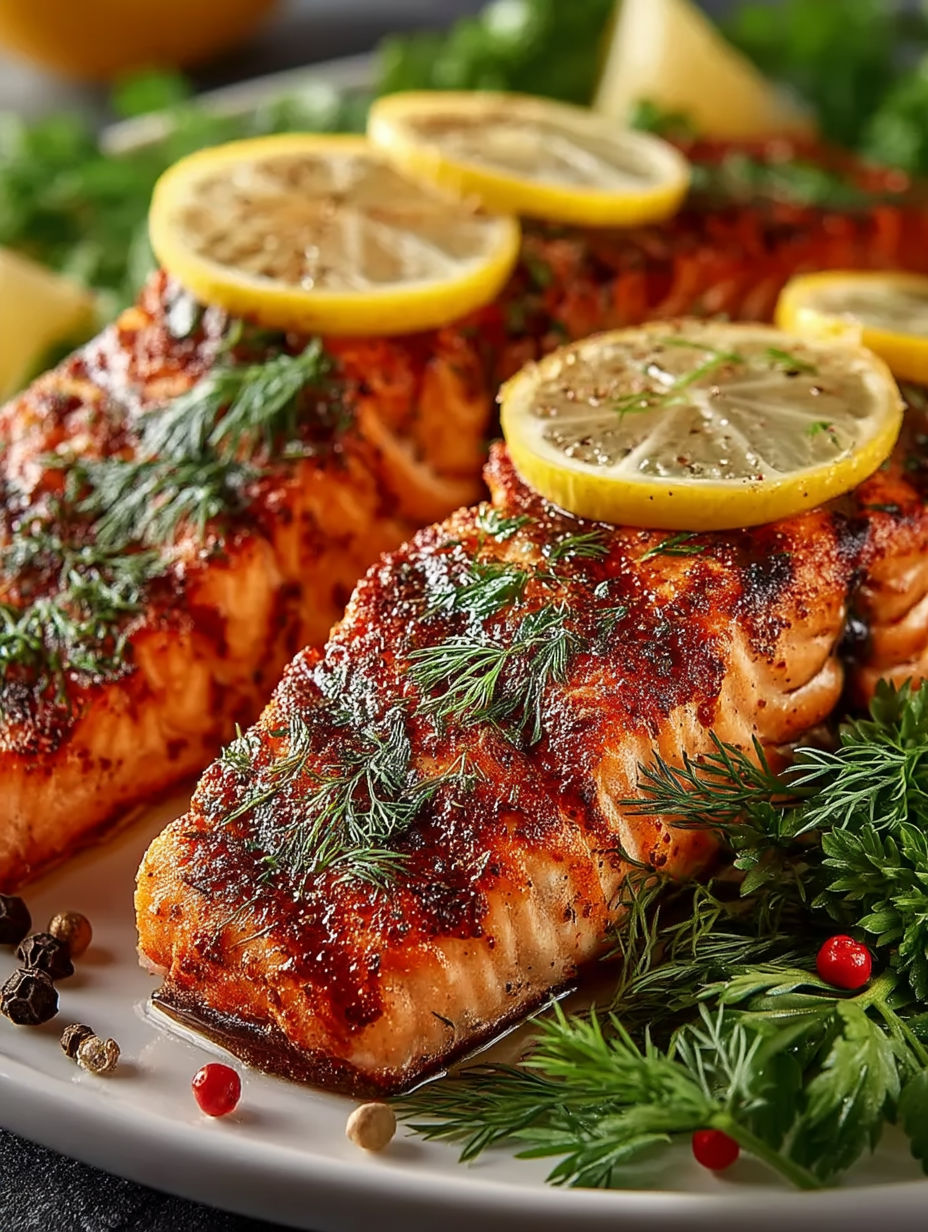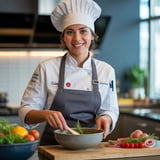 Bookmark
Bookmark
This foolproof sous vide salmon recipe promises perfectly cooked salmon every time with a tender, buttery texture that simply melts in your mouth. Say goodbye to dry or overcooked fish and hello to a method that locks in moisture while allowing you to customize the doneness exactly how you like it. Whether you’re aiming to impress guests at a dinner party or want a reliable weeknight meal, this technique delivers unmatched precision and ease.
I tried this for the first time during a busy evening and was amazed how effortless it was to get restaurant-quality salmon at home. Now it’s become my go-to for special dinners and busy nights alike.
Ingredients
- Salmon fillets: Two six-ounce salmon fillets either skin on or off – freshest and firm with a vibrant color makes the best outcome
- Olive oil: one tablespoon – adds richness and helps with seasoning adherence
- Kosher salt: one teaspoon – enhances natural flavor and prevents blandness
- Black pepper: half teaspoon – adds gentle heat and complexity, freshly cracked if possible
- Lemon: One lemon sliced thinly – brightens flavors and adds acidity that pairs beautifully with salmon
- Fresh dill: Two sprigs fresh dill – fragrant herb that complements the fish without overpowering
- Garlic: One clove garlic minced (optional but recommended) – adds a subtle punch of savory aroma
- Butter: One tablespoon butter (optional) – used during searing for extra richness and glossy finish
Instructions
- Sauté the Aromatics:
- Pat Dry the Salmon:
- Start by thoroughly drying the salmon fillets with paper towels. This step is crucial because a dry surface helps the seasoning stick better and improves the searing later on.
- Season the Fillets:
- Sprinkle kosher salt and black pepper evenly on both sides if skinless. For skin-on fillets, season the flesh side thoroughly. This generous seasoning forms the flavor foundation.
- Add Aromatics and Seal in Bag:
- Place each salmon fillet into a vacuum seal bag or a heavy-duty zip-top bag. Drizzle half a tablespoon of olive oil over each piece. Layer lemon slices on top and tuck in a sprig of fresh dill under the salmon. Add minced garlic if using and a pat of butter for richness. Seal the bags using a vacuum sealer or use the water displacement method to remove air if using zip-top bags.
- Prepare the Water Bath:
- Fill a large pot or container with water and securely attach your sous vide circulator. Set the temperature according to your preference 120°F for medium-rare, 130°F for medium, or up to 140°F for medium-well. The salmon benefits from gentle, even heating.
- Sous Vide Cook the Salmon:
- Once the water reaches the target temperature, gently submerge the sealed bags fully in the water bath. Use a weight or plate to keep them submerged if they float. Cook for 30 minutes for fillets around one inch thick or up to 45 minutes for thicker cuts. The precise temperature control virtually eliminates overcooking.
- Prepare to Sear:
- After sous vide, carefully remove the salmon from bags discarding lemon slices and dill sprigs. Pat the fillets very dry with paper towels—dryness is key to a good sear.
- Sear the Salmon:
- Heat a cast iron skillet over medium-high heat with one tablespoon of olive oil until very hot. Place the salmon skin-side down if skin is on. Sear for two to three minutes until the skin is crisp and golden. For skinless fillets sear one to two minutes per side. Avoid overcrowding the pan to maintain heat.
- Add Butter Basting:
- Optional but recommended—add a tablespoon of butter during the last minute of searing and tilt the pan to spoon the melted butter over the fish. This adds richness and a glossy finish.
- Serve Immediately:
- Transfer to plates and garnish with fresh dill sprigs and lemon wedges. Serve while warm for the best flavor and texture.

I love fresh dill for this recipe. It adds such a delicate, herbaceous lift that pairs beautifully with lemon and salmon's richness. One family dinner I remember fondly was when I cooked this on a chilly evening, and everyone kept going back for seconds, praising the tender texture and fresh flavors. This method truly changed how I cook salmon forever.
Storage Tips
Store any leftover cooked salmon tightly wrapped in the fridge and consume within two days for best quality. Avoid freezing cooked sous vide salmon as it can alter texture but raw salmon in vacuum bags can be frozen before cooking. To reheat, gently warm the salmon in a low-temperature water bath or covered skillet to preserve moisture.
Ingredient Substitutions
Fresh dill can be swapped for thyme or tarragon for a slightly different herbal note. Garlic can be replaced with minced shallots or omitted if you prefer a cleaner flavor. Lemon slices can be switched to orange or lime for a unique citrus variation.
Serving Suggestions
Pair with roasted asparagus, tender quinoa, or creamy mashed potatoes for a complete meal. Add a fresh green salad with a vinaigrette to balance the richness of the salmon. For an elegant touch, serve with a lemon butter sauce made by melting butter with fresh lemon juice and herbs.

Give this sous vide salmon method a try and enjoy salmon prepared exactly how you love it every time. Once you experience the magic of sous vide salmon, you’ll never want to cook it any other way.
Common Recipe Questions
- → What temperature is best for sous vide salmon?
For a tender, moist texture, 120°F (49°C) is ideal, offering a medium-rare finish. Adjust between 120°F and 140°F for preferred doneness.
- → How long should I cook salmon sous vide?
Cook salmon fillets for 30 to 45 minutes depending on thickness. One-inch fillets usually take about 30 minutes for perfect doneness.
- → Is searing necessary after sous vide cooking?
Searing adds a crispy skin and enhances flavor but is optional. Pat salmon dry and sear quickly over high heat for 2-3 minutes.
- → Can I cook salmon with skin on or off?
Both work well. Skin-on fillets benefit from a crispy sear, while skinless fillets require careful handling to maintain texture.
- → What seasonings complement sous vide salmon?
Simple salt, pepper, lemon slices, dill, and garlic enhance natural flavors. Optional butter adds richness during cooking or searing.
- → How do I prevent bags from floating in the water bath?
Use weights or plates to keep sealed bags submerged fully for even cooking throughout the water bath.
